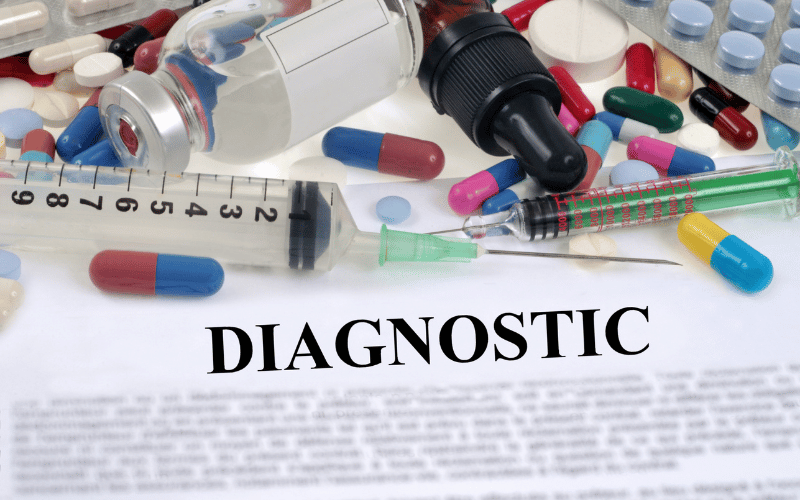Fact 6: Diagnostic Procedures

The early detection of oral cancer is a game-changer, and that’s where diagnostic procedures step in. The first line of defense? A simple oral examination. It involves a thorough inspection of the oral cavity, checking for sores, white or red patches, and any palpable lumps.
For those suspected lesions, a biopsy is the gold standard. This entails removing a small tissue sample and scrutinizing it under a microscope. A positive biopsy confirms the presence of cancer cells, subsequently directing the next course of action.
Advanced imaging techniques, such as X-rays, CT scans, MRI, and PET scans, further aid in determining the cancer’s extent and whether it has metastasized. These techniques provide detailed cross-sectional images, offering invaluable insights into the tumor’s size, position, and involvement with neighboring structures.
Furthermore, endoscopy can be employed for regions not easily accessible or visible, especially for tumors in the throat or larynx. Using a thin, lighted tube, doctors can visualize deeper structures, guiding their diagnosis.
A multitude of diagnostic tools are at the disposal of the medical community. Their judicious use, combined with regular screenings and check-ups, ensures that oral cancer, if present, is caught early, offering the best chances for a favorable outcome. (6)